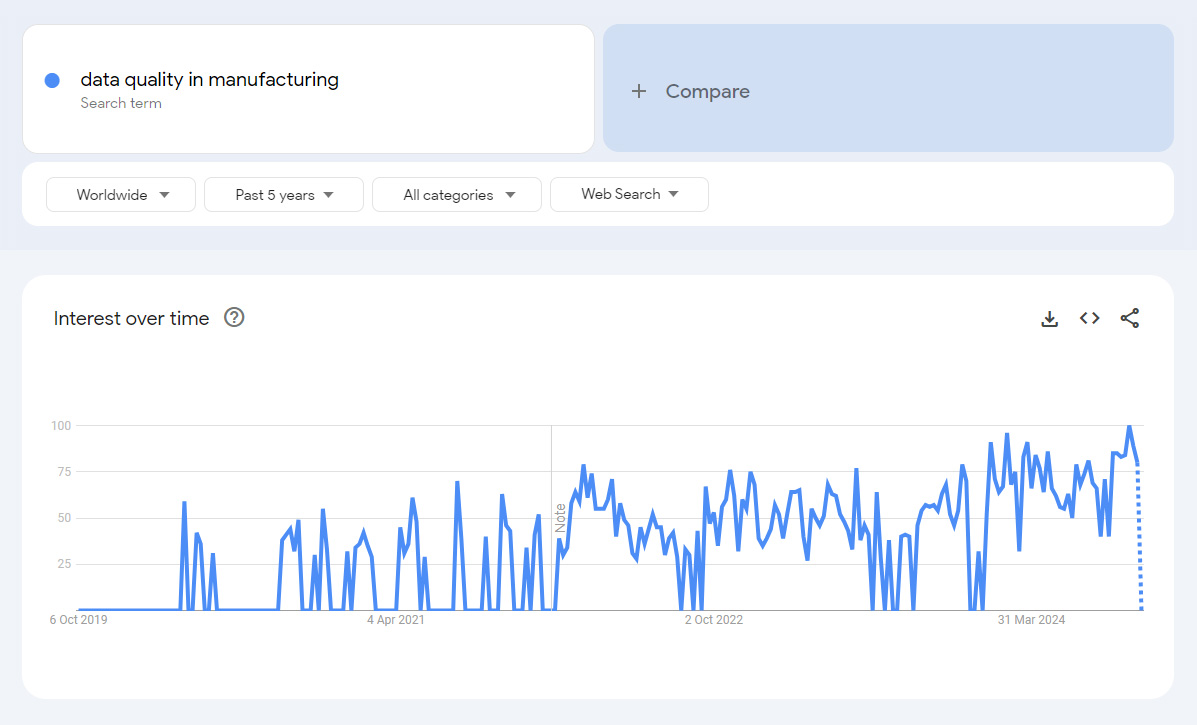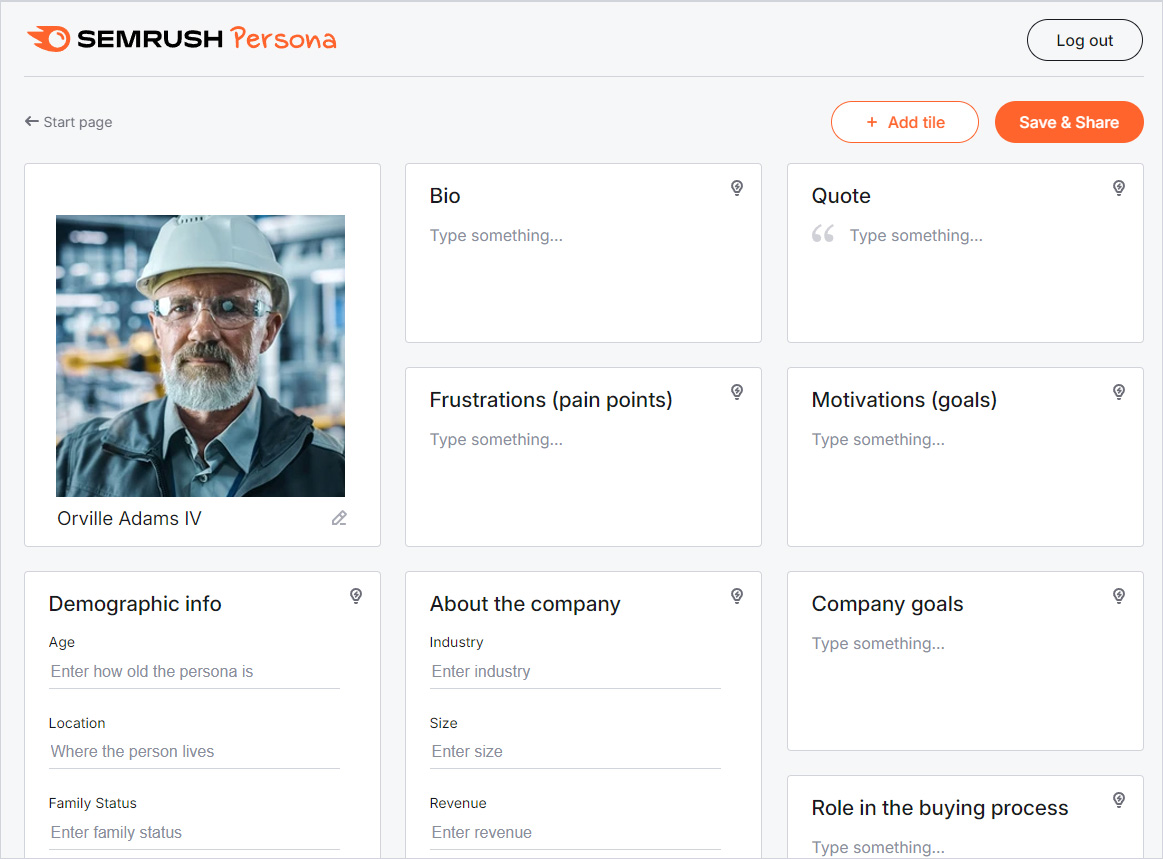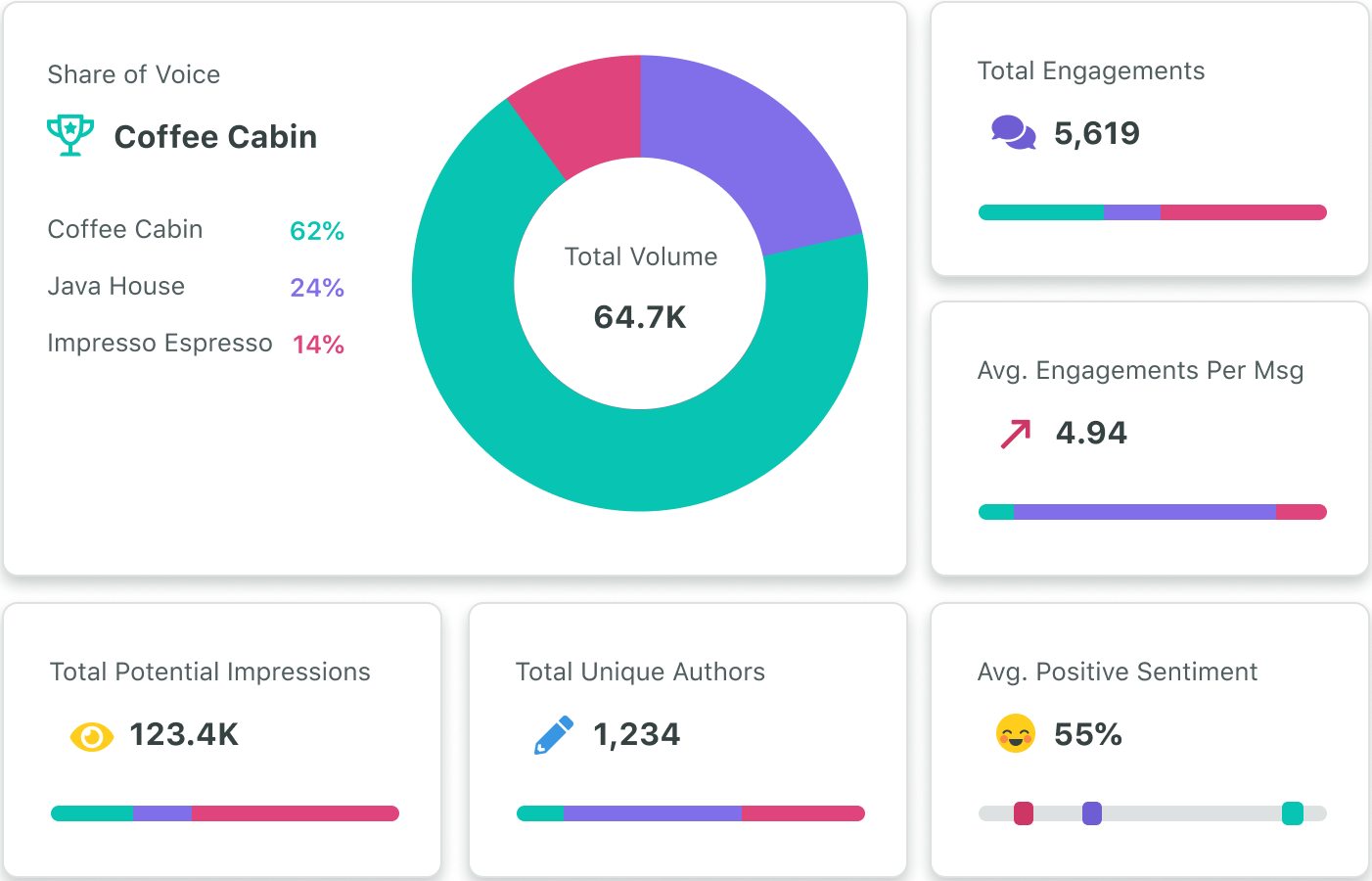
In today's digital marketing landscape, content is king, but a sound strategy is the kingdom. As businesses vie for attention in an increasingly crowded online space, crafting compelling content strategies has become an essential tool for success. Whether you're a seasoned marketer or a budding entrepreneur, these ten proven tactics will help you elevate your content game and captivate your target audience.
At the heart of any effective content strategy lies a deep understanding of your target audience: who they are, their pain points and where they spend their time online. Before you put pen to paper or fingers to keyboard, it's crucial to know who you're speaking to. This knowledge forms the foundation upon which all your content decisions will be built. To truly understand your audience, you can do one or more of the following:
This involves gathering data on your audience’s demographics, behaviors, preferences, and the platforms they engage with the most. Tools like Google Trends, Statista, and SurveyMonkey help streamline this process, providing real-time insights into what your target market is searching for, interested in, and talking about.
For example, let’s say your B2B company sells cloud-based software solutions to mid-sized manufacturing firms. By using Google Trends, you could identify rising search interest in terms like “cloud-based ERP for manufacturing” or “digital transformation in manufacturing.” Statista could provide industry-specific reports detailing the current state of cloud adoption in the manufacturing sector, showing you how your product fits within broader trends.
To dig even deeper, you could deploy the market research tools offered by platforms such as SurveyMonkey that publish your surveys to a selected audience from their pool of "335M+ people in 130+ countries". Your custom-made survey could explore their pain points regarding outdated software, budget constraints, or the need for greater operational efficiency. Based on the insights you gather, you could refine your messaging and product positioning to address the specific needs and interests of these decision-makers, making your content and sales pitches far more compelling.
By automating parts of your market research, you save time while gaining actionable insights that help you create more targeted, relevant content for your B2B audience.

Figure 1: Google Trends tracks the popularity of search terms over time.
Now that you have gathered some data points about your audience, you're ready to crystallise these ideas into your ideal buyer personas. A buyer persona is a semi-fictional representation of your ideal customer, based on real data and informed assumptions about demographics, behavior patterns, motivations, and goals.
These personas allow you to tailor your content to specific audience segments, ensuring you address their needs, goals, and pain points effectively. Using a free tool like SEMRush Persona can help simplify and guide the process of creating these personas.
For example, if you’re marketing a project management tool for small tech startups, you might develop a persona of a startup founder who is a 30-40-year-old entrepreneur. They may struggle with managing multiple projects while growing their team and value efficiency, collaboration, and real-time reporting. However, they face challenges such as limited time and the need for better visibility into project progress.
With the help of a persona creation tool, you can define key characteristics like demographics (age, company size, and budget) as well as psychographics (values, interests, and pain points). This ensures that your content and messaging resonate with each segment of your audience.
This will help you to craft content that speaks directly to your audience’s challenges and aspirations. This leads to better engagement and ensures consistent messaging across marketing and sales efforts.

Once you've built your buyer personas, the next step is to understand how your audience interacts on social media. Monitoring and gathering metrics on social media conversations allows you to understand the topics, challenges, and trends that matter most to them, and helps you to create content that resonates with them more effectively.
Tools like Sprout Social excel at providing in-depth insights into your audience's behaviour. Its social listening features tracks conversations around your industry, giving you a real-time view of what your audience is saying and where their interests lie. Additionally, its audience engagement analytics allow you to track which posts drive the most engagement, helping you identify the type of content that resonates best.
Sprout Social’s competitor analysis feature also reveals how your competitors are engaging with their audience, allowing you to benchmark your performance and discover untapped opportunities to better connect with your own audience.
If you're looking for a more cost-effective option, the SEMRush Social Media Toolkit also provide tools to help you understand your audience. Its Social Media Tracker not only monitors competitor performance but also tracks your own audience's behaviour, engagement metrics, and content preferences across platforms. This feature allows you to see which types of posts generate the most interaction, helping you refine your messaging and content approach. The content idea generation tool surfaces popular topics and trends within your audience’s interests, ensuring that your content is aligned with what they care about most.
Both tools offer powerful capabilities for understanding your audience. While Sprout Social provides advanced analytics and competitor insights for larger teams, SEMRush offers a cost-efficient alternative with comprehensive features for tracking audience behaviour, identifying content gaps, and optimising your content strategy based on real-time data.

Understanding your audience is the cornerstone of any successful content marketing strategy. By conducting market research, creating detailed buyer personas, and gaining insights from social media conversations, you will be ready to craft content that speaks directly to the needs and interests of your target audience.
Stay tuned for Part 2 of this series, where we’ll delve into the next steps of of your content marketing journey, including exploring different content types and formats, choosing the right distribution channels, and developing a content creation and publication schedule.